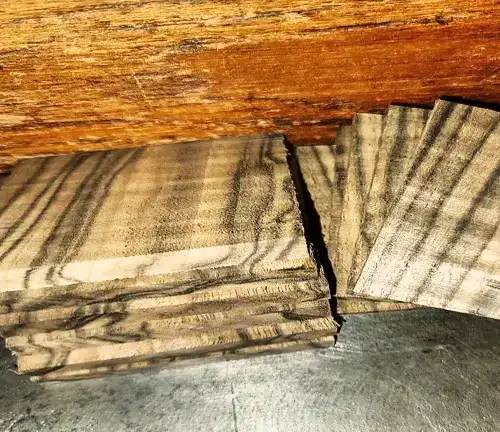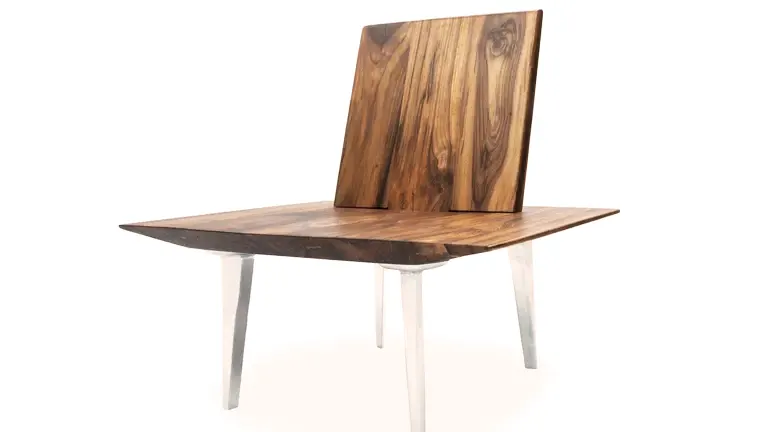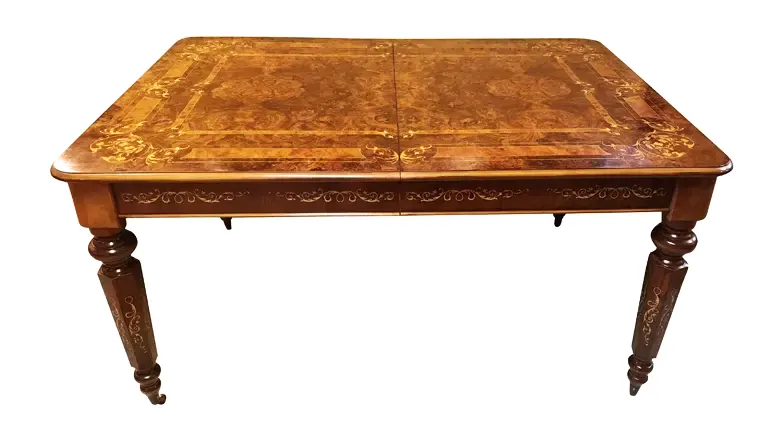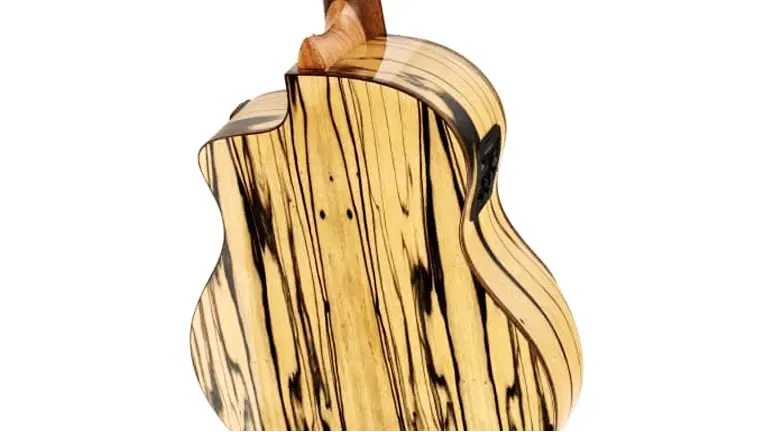Persian Walnut Lumber
- September 5, 2023
- 0 comment
Persian Walnut lumber, scientifically known as Juglans sigillata, represents a pinnacle of natural beauty and craftsmanship in the world of woodworking. This magnificent hardwood emerges from the Persian Walnut tree, which is primarily indigenous to regions of Asia, notably Iran. What sets Persian walnuts apart is not only its geographical origin but also its distinctive qualities. Its rich, deep coloration, ranging from warm browns to reddish hues, instantly captures the eye and infuses warmth into any woodworking project.

This wood’s fine grain is equally captivating, lending a sense of refinement and elegance to the finished piece. Beyond its aesthetic appeal, Persian Walnut is celebrated for its remarkable durability, making it a preferred choice for creating heirloom-quality furniture, intricate carvings, musical instruments, and other fine woodworking endeavors.
The demand for Persian Walnut lumber extends far beyond its native regions, with woodworkers and artisans around the globe cherishing its unique characteristics. Its workability, despite its hardness, is a testament to the skill of craftsmen who can transform it into intricate designs and intricate joinery. Whether used in creating ornate furniture with delicate detailing or in crafting musical instruments known for their exceptional tonal qualities, Persian Walnut lumber continues to captivate those who appreciate the fusion of artistry and natural beauty.
| Property | Details |
|---|---|
| Common Name(s) | Persian Walnut |
| Scientific Name | Juglans sigillata |
| Distribution | Native to Iran and parts of Asia |
| Tree Size | Medium to large, reaching up to 60-80 feet in height (18-24 meters) |
| Average Dried Weight | Approximately 38 lbs/ft³ (610 kg/m³) |
| Specific Gravity | 0.61 |
| Janka Hardness | 1,550 lbf (6,900 N) |
| Modulus of Rupture | 14,800 psi (102 MPa) |
| Elastic Modulus | 1.71 million psi (11.8 GPa) |
| Crushing Strength | 8,420 lbf/in² (58.0 MPa) |
| Shrinkage | Radial: 4.2%, Tangential: 8.0%, Volumetric: 12.2% |
Color/Appearance
Persian Walnut lumber boasts a rich and diverse color palette. Ranging from light pale brown to a deep chocolate hue, this hardwood is celebrated for its warm and inviting tones. The wood often features attractive streaks and swirls, adding to its visual allure. The interplay of light and dark shades in Persian Walnut makes it a preferred choice for those seeking elegance and sophistication in their woodworking projects.

Grain/Texture

One of the defining characteristics of Persian Walnut is its exquisite grain pattern and fine texture. The wood typically displays a straight grain, occasionally interspersed with waves or curls. This unique feature makes it a favorite among craftsmen and artisans aiming to create visually striking pieces. The fine texture of Persian Walnut allows for smooth finishes, contributing to its overall appeal in high-end furniture and cabinetry.
Rot Resistance
Persian Walnut stands out not only for its aesthetic qualities but also for its exceptional rot resistance. The heartwood, in particular, exhibits natural durability, making it suitable for outdoor applications. This resistance to decay positions Persian Walnut as an excellent choice for exterior woodworking projects, ensuring longevity and minimal maintenance over time.

Workability
Woodworkers appreciate Persian Walnut for its excellent workability. The wood responds well to a variety of tools, enabling precise shaping and carving. Its stability and moderate density make it easy to work with, while its fine texture allows for smooth finishes. Whether you’re a seasoned craftsman or a novice woodworker, Persian Walnut offers a satisfying and forgiving medium for your creative endeavors.
Odor
Another noteworthy characteristic of Persian Walnut is its mild and pleasing odor. Woodworkers often find the scent of this lumber to be subtle and agreeable, enhancing the overall experience of crafting with this exquisite material. The aromatic quality adds a sensory dimension to woodworking projects, making them not only visually appealing but also enjoyable to create.
Allergies/Toxicity
In terms of health considerations, Persian Walnut is generally considered safe to work with. It does not pose significant risks of allergic reactions or toxicity, making it a suitable choice for those with sensitivities. However, as with any woodworking material, it’s advisable to use proper protective gear, such as masks and gloves, to ensure a safe and healthy working environment.
Pricing/Availability
While Persian Walnut is prized for its quality, it is important to note that its premium characteristics are reflected in its pricing. This hardwood is often in demand for its beauty and durability, impacting its availability and cost. Woodworkers and enthusiasts seeking this exceptional lumber should be prepared for its higher price tag, considering it an investment in the quality and aesthetics of their creations.
Sustainability
Concerns about the environment and responsible sourcing have become paramount in today’s woodworking industry. Persian Walnut, when harvested sustainably, can contribute to a more eco-friendly approach. Careful forestry management ensures the preservation of this valuable resource for future generations, making Persian Walnut a conscientious choice for those who prioritize sustainability in their woodworking practices.
Common Uses
Persian Walnut lumber is prized for crafting high-end furniture, cabinetry, gunstocks, musical instruments (especially for fine violins and other stringed instruments), turning projects, and veneer. Its exceptional aesthetics and workability make it a preferred choice for luxury woodworking projects.



Frequently Asked Questions (FAQs)
- Is Persian Walnut wood easy to work with?
Yes, Persian Walnut lumber is known for its excellent workability. It can be easily cut, shaped, and polished to achieve intricate details and a smooth finish. - Is Persian Walnut lumber sustainable?
While efforts are made to sustainably manage Persian Walnut tree populations, it is not as commonly harvested as other walnut species. Sustainable sourcing is encouraged to protect this valuable resource. - What makes Persian Walnut wood unique?
Persian Walnut is prized for its stunning color, fine grain, and natural resistance to decay, making it a preferred choice for crafting high-end furniture, musical instruments, and other luxury woodworking projects. - Where is Persian Walnut wood primarily found?
Persian Walnut trees are native to Iran and other parts of Asia. They thrive in various climatic conditions and are known for their high-quality timber.
“We’d love to hear from you! Share your personal experiences and thoughts about working with Persian Walnut Lumber in the comments section below. Your insights could inspire and guide fellow woodworkers in their creative endeavors!”







Leave your comment